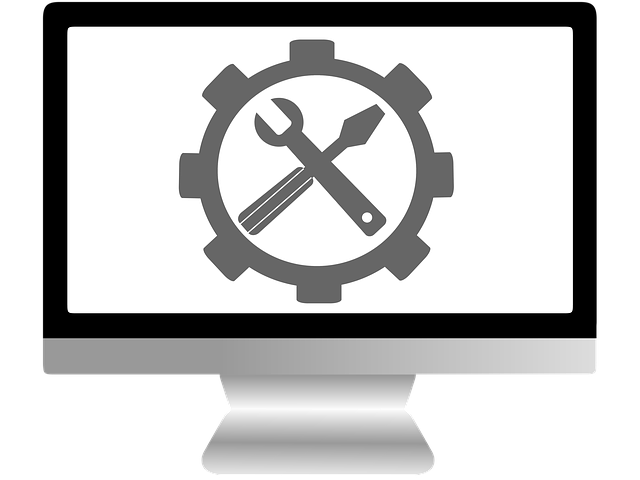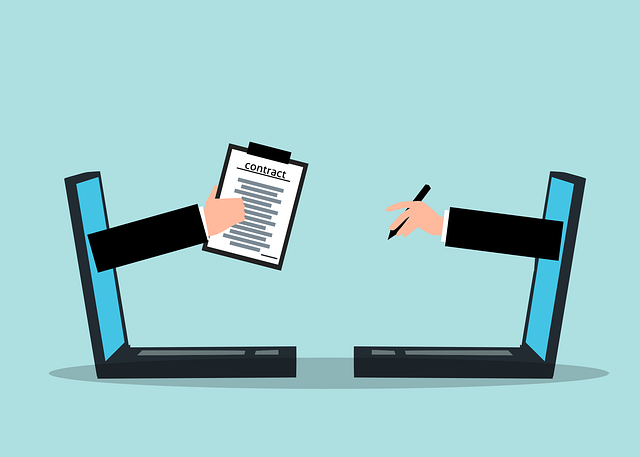Navigating the Department of Motor Vehicles (DMV) can often feel like a relic of a bygone era, chara…….
Category: DMV Online Services
Introduction
In an era where digital transformation is reshaping every aspect of modern life, the Department of Motor Vehicles (DMV) has taken a significant leap forward by offering online services. This transition from traditional in-person transactions to electronic processing has revolutionized how individuals and businesses interact with government agencies responsible for vehicle and driver-related services. In this article, we will explore the multifaceted world of DMV online services, their significance, global impact, economic considerations, technological advancements, policy frameworks, challenges, case studies, and future prospects. By the end of this comprehensive guide, readers will have a deep understanding of how DMV online services are transforming the landscape of government services.
Understanding DMV-Online Services
DMV online services refer to the suite of digital platforms offered by state and local governments that allow individuals to complete tasks typically performed in person at a DMV office, such as applying for a driver’s license, renewing vehicle registration, or requesting driving records—all from the comfort of their home or on-the-go. These services are made possible through secure online portals that utilize digital identity verification and e-commerce capabilities to process payments. The concept of DMV online services emerged as a response to increasing public demand for convenience, efficiency, and accessibility in government services.
The historical context of these services is rooted in the early days of internet integration into government operations. Initially met with skepticism due to security concerns, DMV online services have evolved significantly over the past two decades, becoming a staple in many regions’ e-governance offerings. Today, they stand as a testament to the potential of digital innovation in streamlining public services and enhancing citizen engagement.
Global Impact and Trends
The global impact of DMV online services is profound, with countries across the world adopting similar digital solutions at varying paces. In regions such as North America and parts of Europe, these services are widely established and continuously evolving. In contrast, developing countries are in different stages of implementation, often influenced by factors like infrastructure development, internet penetration, and governmental readiness to embrace e-governance.
Key trends shaping the trajectory of DMV online services include the integration of artificial intelligence (AI) for customer service, the use of blockchain technology for secure record-keeping, and the adoption of mobile platforms that cater to users with limited access to computers or who prefer mobile devices. The pandemic has also accelerated the adoption of these services as governments seek to provide essential services while maintaining social distancing guidelines.
Economic Considerations
The economic aspects of DMV online services are multifaceted. From a market dynamics perspective, the demand for such services has led to investments in digital infrastructure and cybersecurity measures by both public and private sectors. These investments not only facilitate smoother operations but also create new job opportunities, particularly in IT and cybersecurity fields.
In terms of economic systems, DMV online services contribute to a more robust and agile economy by reducing the time and costs associated with traditional DMV visits. They also enhance government efficiency and transparency, which can lead to improved public trust and satisfaction. The role of these services in economic development is evident as they enable a more user-centric approach to governance, potentially leading to increased participation in the formal economy.
Technological Advancements
Technological advancements have been pivotal in the evolution of DMV online services. The deployment of secure identity verification systems, such as biometric authentication and multi-factor authentication, has significantly reduced fraud risks associated with online transactions. Additionally, the development of cloud computing and data analytics allows for better management of the vast amounts of data generated by these services, leading to improved decision-making and service optimization.
The future potential of these technologies includes the integration of Internet of Things (IoT) devices in vehicles for real-time updates and maintenance scheduling, as well as the use of machine learning algorithms to personalize user experiences and predict future demand for various DMV services.
Policy and Regulation
The policy and regulatory framework governing DMV online services is complex and varies by jurisdiction. At the federal level, policies often focus on data privacy and protection, cybersecurity standards, and interoperability between states. At the state level, regulations may dictate specific requirements for online transactions, such as acceptable forms of identification or methods of payment.
Legislative frameworks are crucial in ensuring that DMV online services are secure, accessible, and equitable. They also play a role in addressing challenges related to digital literacy and ensuring that vulnerable populations are not left behind in the transition to online services.
Challenges and Criticisms
Despite their benefits, DMV online services face several challenges and criticisms. One of the primary concerns is data privacy and security, as sensitive personal information must be protected against cyber threats. Another challenge is ensuring equitable access to these services, particularly for individuals without reliable internet access or those who are not comfortable with technology.
To overcome these issues, strategies such as expanding public access points with high-speed internet, providing multilingual support, and implementing comprehensive cybersecurity protocols are essential. Additionally, continuous stakeholder engagement and transparency in policy-making processes can help build trust and address concerns effectively.
Case Studies
Several case studies from various states demonstrate the successful implementation of DMV online services. For instance, California’s Digital Driver License project allowed residents to store their driver’s license on their smartphones, a first for the United States. Meanwhile, Estonia has been hailed as a global leader in e-governance, with its entire population able to conduct government affairs online securely and conveniently.
These case studies provide valuable insights into best practices, potential pitfalls, and the transformative impact of DMV online services on public service delivery.
Conclusion
DMV online services represent a significant advancement in public service delivery, offering convenience, efficiency, and accessibility to millions of users. While challenges remain, particularly in ensuring security and equitable access, the ongoing evolution of these services holds great promise for enhancing government-citizen interactions. As technology continues to advance and policy frameworks adapt to meet the demands of a digital society, DMV online services will undoubtedly play an increasingly integral role in shaping the future of e-governance.
This content provides a comprehensive overview of DMV online services, covering their definition, historical context, global impact, economic considerations, technological advancements, policy and regulatory environment, challenges, criticisms, and case studies. It also emphasizes the importance of these services in the modern digital landscape and their potential to transform government-citizen interactions for the better.
Mastering DMV Online Services: A Step-by-Step Guide
Navigating the Department of Motor Vehicles (DMV) can be a task that many drivers dread. However, w…….
Modern DMV Services: Your Guide to Quick and Efficient Online Renewals, IDs, Titles, and Payments
Navigating the Department of Motor Vehicles (DMV) has traditionally been a task laden with in-person…….
Mastering DMV Online: Streamlined Services for License Plate Renewal, Real ID Applications, and More
navigating the intricacies of DMV tasks has historically been a time-consuming chore. Today, digita…….
Master Your DMV Tasks Online: From Real ID to Plate Renewal
Navigating the DMV traditionally meant long waits and paperwork-laden counters, but those days are r…….
Digital DMV Mastery: Streamlined Online Services for License Plate Renewal, Real ID Applications, and More
Navigating the Department of Motor Vehicles (DMV) once evoked a sense of trepidation and time-consum…….
Maximize Convenience: Your Ultimate Guide to Online DMV Services
Skip the congested DMV lines and step into the future with the convenience of online DMV services. W…….
Maximize Your Convenience: A Guide to DMV Online Services for License Plate Renewal, Real ID Applications, and More
Discover the transformative shift in managing your DMV tasks with our comprehensive guide to online …….
Streamlining Your Drive: Online DMV Solutions for License Plate Renewals, Real IDs, and More
Navigating the Department of Motor Vehicles (DMV) once often meant long lines and tedious paperwork……..
Streamline Your DMV: A Step-by-Step Guide to Online Services for License Plate Renewals, Real IDs, and More
Navigating the Department of Motor Vehicles (DMV) has long been a source of frustration for many Ame…….









